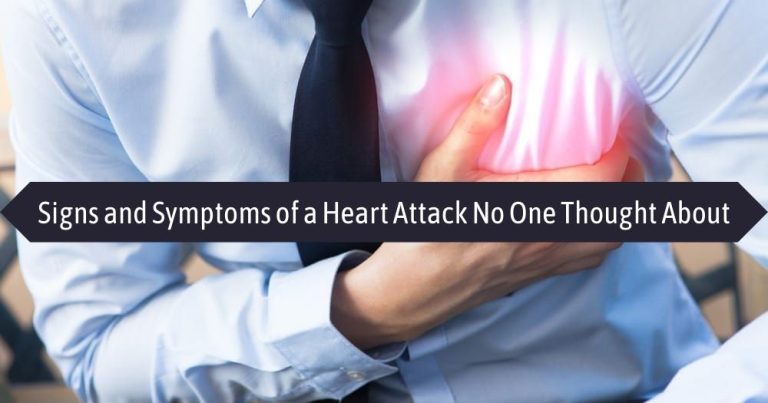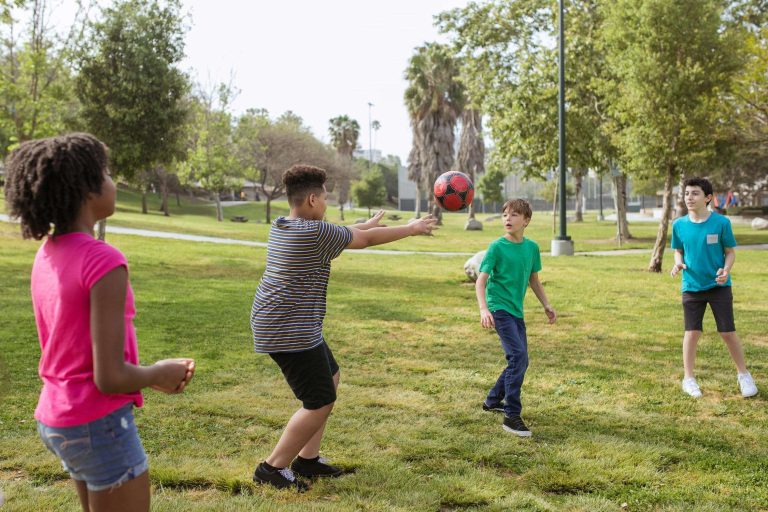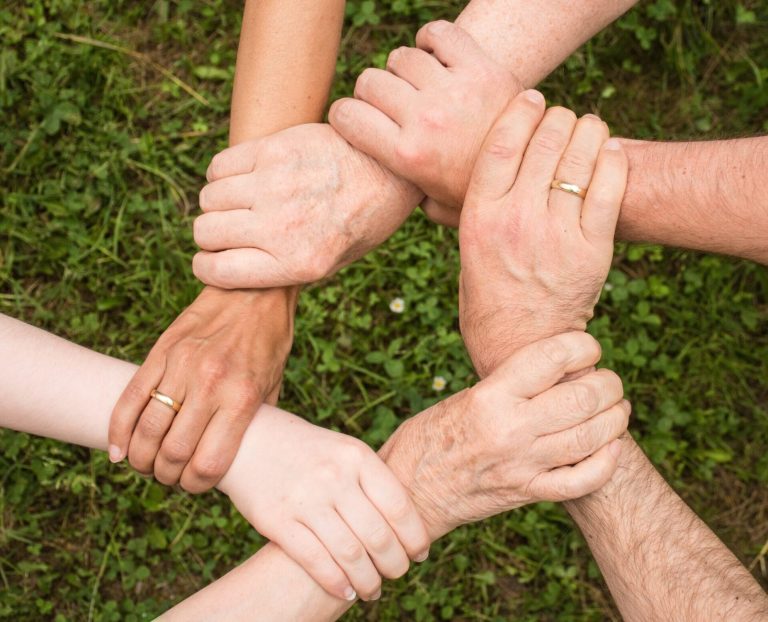HSE Report Published: How Women Cope With Occupational Injuries
Women are far less likely to be fatally injured on the job than men, but the male-centric design of equipment and machines does put women at risk of unnecessary harm.
Every year over a million employees are injured or ill on the job in the UK, affecting their quality of life. In addition, loss of productivity and healthcare costs are other consequences. Permanent disability or death can occur, leaving families and dependents. When such a situation arises, it is imperative that affected workers or families know your rights so that they can receive worker’s compensation and financial protection. From seeking medical attention to disability compensation, respecting workers’ rights is essential to addressing injury and workplace malpractice.
Fatal injuries
Executive Director of Health and Safety (HSE) statistics show that 123 workers died in industrial accidents in 2021/22. The same report also states that 94% of all workers who died were male. This is largely due to the nature of occupational sex segregation.
Safety and Health Specialist (SHP) The infographic shows that men are 23 times more likely to die in the workplace compared to women. They also face more life-threatening injuries than women due to the industry they work in. Most deaths occur in typically male industries such as agriculture and construction, where workers are more likely to face physical hazards, including falling and crushing. the machine. It is worth noting that the mortality rate is also significantly higher among people over 60 years of age, as well as among the self-employed.
Women and workplace hazards
In situations where both men and women perform the same roles and activities, they may have different experiences and requirements. Women tend to pay more attention to health and safety rules and regulations and take fewer risks.
In the UK, women dominate the health and social work sector, accounting for 78% of jobs, and in education, women hold 70% of all jobs. Wholesale/retail is the next category where the majority of positions are held by women. Regardless of the industry, both men and women are at risk of any type of work injury. The most common fatal occupational injuries faced by all workers are falls from a height followed by being struck by a moving object, contact with a moving machine, and being trapped by a falling or overturning object. Muscle tension is also a common complaint among workers who have to lift heavy objects or perform repetitive movements.
The good news is that the UK health and safety profession is making progress in integrating the needs of women as a separate group of workers. One of the important initiatives of the Women’s Engineering Society (WES) is an extensive study of protective clothing and footwear. According to the study, personal protective equipment (PPE) specifically designed for women is in short supply. Female workers interviewed for the study said their personal protective equipment was simply a scaled-down version of men’s clothing. Consequently, it was difficult for women to work safely and neatly because PPE was not made for them. Fortunately, employers are paying attention to this. In December 2015, Transport for London (TfL) launched its first collection of protective clothing for women. Another company, Greggs plc, has adjusted the equipment to accommodate a predominantly female workforce and to reduce possible upper limb ailments.
Women rarely suffer fatal injuries in the workplace, but they face unnecessary harm when working with equipment and machinery designed to male standards. Eliminating these anomalies will improve workplace health and safety, as well as increase productivity and reduce inequality.







